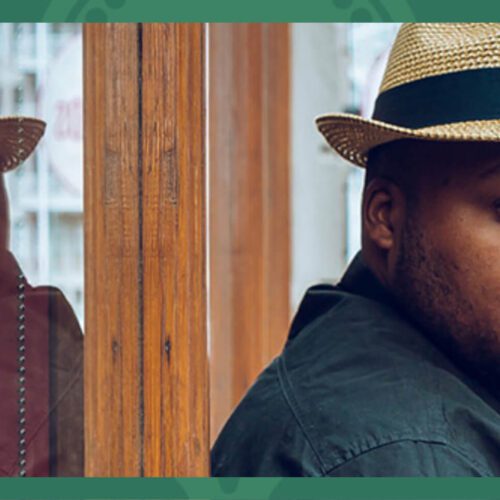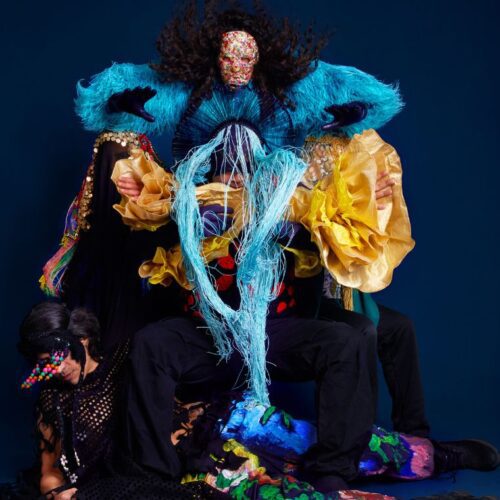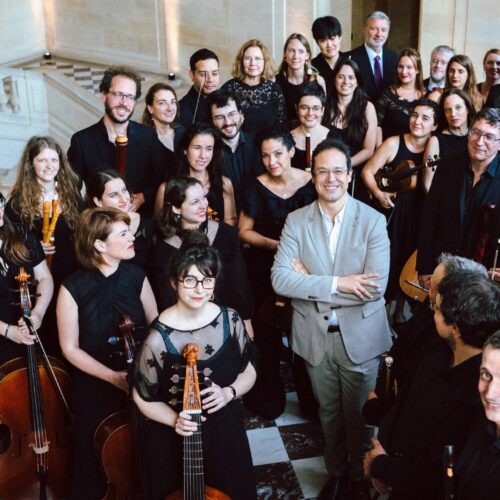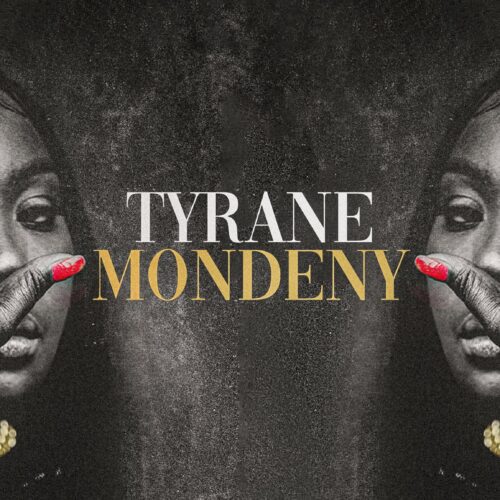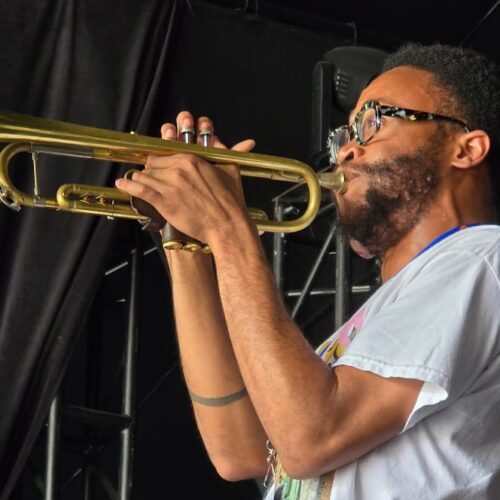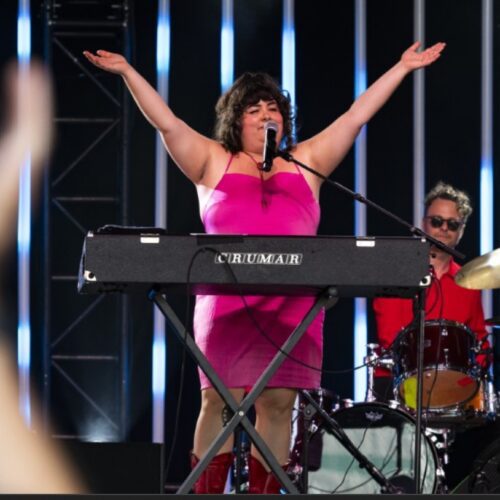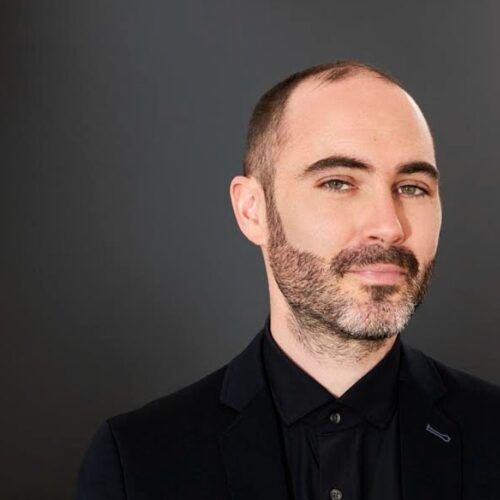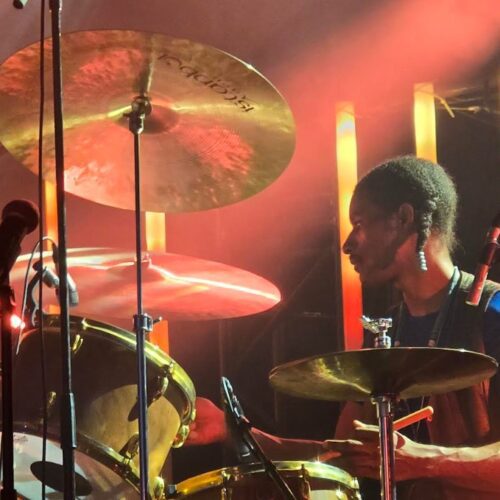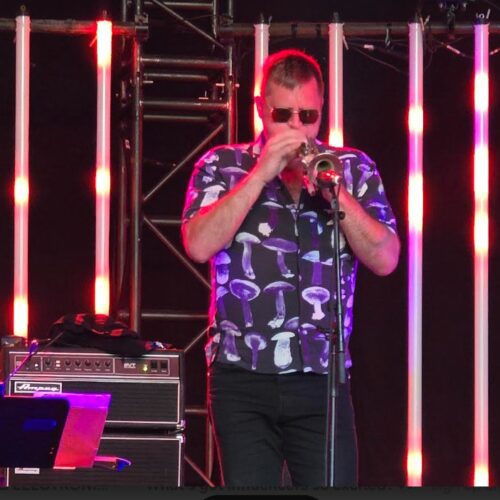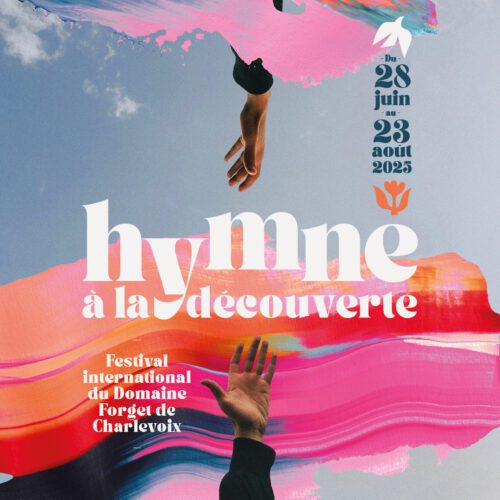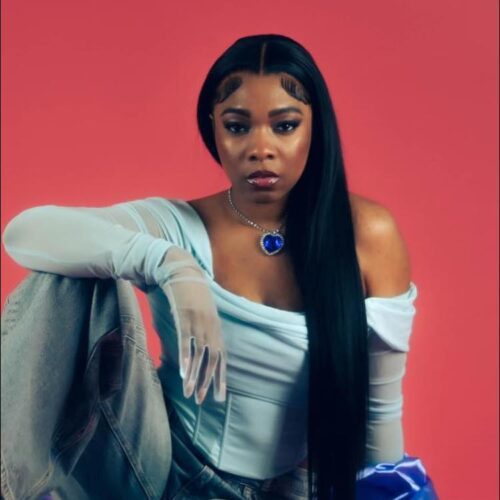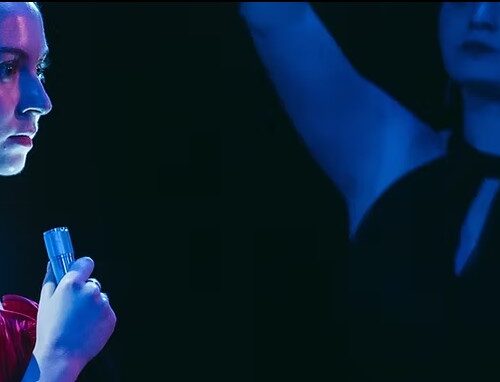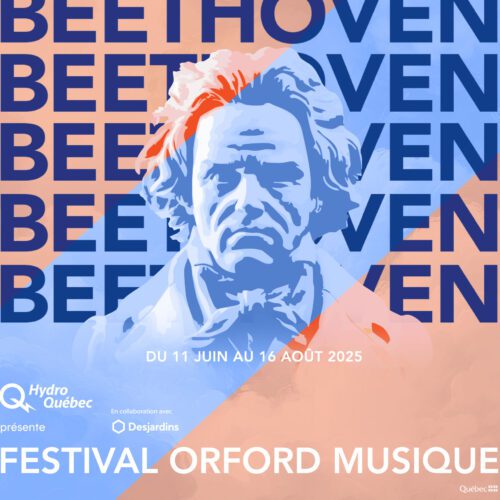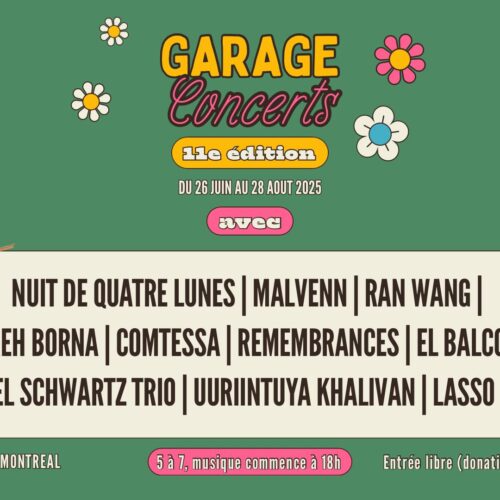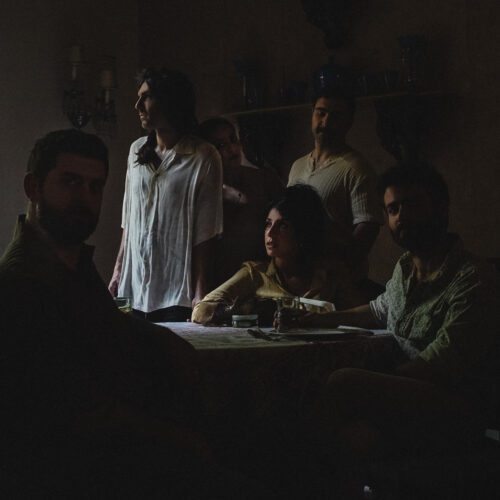Additional Information
For some years now, jazz fans have been citing Makaya McCraven, son of African-American drummer Stephen McCraven, and Hungarian singer Ágnes Zsigmondi.
A masterful percussionist, composer and bandleader, Makaya McCraven is one of the true game changers in jazz, a musical genre that has been steadily regenerating itself since its name was first coined in the late 19th century.
The latest chapter in jazz is being written all over the world, and Makaya McCraven is certainly one of its visionaries. His thoughts on groove, modern jazz, and, most importantly, the digitized integrations of the electronic and hip-hop families into his own compositional context now position him as one of the essentials.
His albums In The Moment (2015), Universal Beings (2018), We’re New Again, a brilliant retelling of the late Gil Scott Heron’s I’m New Here, and Deciphering the Message (2021), precede the release of the recently released In These Times, which is more inclined to chamber jazz given its generous instrumentation including guitars, bass, drums, strings, vibraphone, brass, woodwinds and reeds.
PAN M 360 was finally able to get in touch with Makaya McCraven and reach him in Chicago for the following interview.
PAN M 360: You’re in Chicago right now, aren’t you?
MAKAYA McCRAVEN: Yes. I live in Chicago, I have a few things going on there. I’m running my studio, doing a little bit of media, getting ready to hit the road, rehearsing and arranging, taking my two kids to school, picking them up, going to soccer practice, and spending as much time as possible with my family. I’ve been busy my whole career as a musician I’ve always had a lot of gigs, a lot of work, a lot of bands, and a lot of projects. But, you know, where, where I think I was, it was a difficult time when my kids were very young. Now we’re finding a new balance with them. We’re trying to figure out how to do it all with the amount of travel and the type of schedule that I have, and also on my wife’s side who is a very busy person.
PAN M 360: So you chose Chicago, after living in different parts of the United States. So why did you choose this city in the first place?
MAKAYA McCRAVEN: I followed my wife (Nitasha Tamar Sharma) to Chicago, she is a full professor at Northwestern University – African American Studies and Asian American Studies. When I met her, I was very busy with my music career on the East Coast, in Western Mass, and I had a lot of things I was pretty young and she moved here during that first period of almost a year, you know, I was just visiting Chicago every month, maybe just to stay and I started laying the groundwork to move here and after about a year, I came and moved in with her.
PAN M 360: We’re not going to recap your artistic approach as we’ve done many times on PAN M 360, but it’s very clear that what you’re doing musically is very different, and perhaps considered one of the important aesthetic turning points in jazz of our time. You have been credited with integrating very sophisticated grooves into very creative contemporary instrumental music and also into a perfectly assumed digital environment. How does this remain connected to the jazz idiom?
MAKAYA McCRAVEN: A lot of my desire to do things with contemporary sounds and processes has to do with how I view the heritage of jazz music because that’s still the best term we can use to describe it. But the idiom itself, for me, is much broader than one musical genre. It’s a way of looking at a musician’s practice in different eras of music. Many of the great musicians I admire have had their own problems with the word jazz because they felt it put them in a box.
PAN M 360: Miles Davis edited a lot of his music sessions in the early 70s, so this process is not really new. But today, digital culture is dominant and has led you to use the tools of digital culture to transform your own recordings of instrumental music. Where do you stand today?
MAKAYA McCRAVEN: Jazz wasn’t designed to chop up eras and styles through recording sessions. But I think it’s a given now. Inevitable, right? The progressive musicians of today are like the progressive musicians of yesterday, in that they are inspired by what has gone before. They look for new sounds and new things to learn. Sixty years ago, for example, it was bossa nova. It was a fusion, it was new, and it was fresh. Now it’s part of standard jazz. Today, in my own way, I want to imitate that moment of inspiration, being close to my time is part of my inspiration.
PAN M 360: So capturing the moment, capturing the time, is crucial for you.
MAKAYA McCRAVEN: Yes, of course, I can learn the notes and the language of bebop, I can learn the music of Charlie Parker. But what I think is most important is to ask what it was that Charlie Parker did that was so special about his time. And what made such an impact. It was that he had created a new strain, organically embedded in the community across the racial lines of the time. He was making music that spoke to people but playing it at a very high level but taking it to new things. And not watering it down to just being popular, but rather creating something substantial and provocative.
PAN M 360: So taking the popular music of a period is not copying it.
MAKAYA McCRAVEN: The heritage of jazz is not a series of mimicry of styles, it is a spirit of recreation. And I can relate to Charles Mingus imploring “Don’t call my music jazz” or Miles Davis chanting “Don’t call my music dead”. That’s why I’m sure to participate in the tradition and try to follow what they did.
PAN M 360: So your approach is not different from previous generations of jazz?
MAKAYA MCCRAVEN: Well, not really. Let’s take electronics: I wasn’t the one who started experimenting with electronic tools. A lot of jazz-related artists did it in the 80s, 90s, and 2000s. People experimented with things and connected them to what was there before. Since the beginning of jazz, it’s been like that. Drums and musical instruments are also machines, the drum kit is an assortment of drums and cymbals invented by jazz musicians. Over time, popular or classical repertoires have continued to influence jazz. It’s in line with what all the greats have done before us. We’re not reinventing the wheel.
PAN M 360: As you say, you don’t reinvent the wheel. But you do add things to it. Jazz always offers an opportunity to capture the times we live in, by injecting rhythmic, melodic, harmonic, and textural proposals. This is what you do yourself because you are sensitive to electronic music and hip hop, while maintaining the propensity of modern jazz to take up the French impressionist music of 125 years ago. So you’re not only doing new things, you’re also including different types of acoustic jazz from the eras before yours, from Miles Davis to the groove jazz of the CTI label in the 70s. So you’re not just in one period of music, one style. It’s the diversity of material that makes your music so interesting and makes you a creator in your own right.
MAKAYA McCRAVEN: Yes, these are variables that I gravitate towards. I have to take a very open and broad approach to the things I hear and connect with. I challenge myself to learn them and encourage younger musicians to do the same. You know, it can put so much weight and pressure on a musician, they can feel like they have to do this or that, that they have to fit in. That’s why I tell young musicians that adapting to the present is like having unique guests while learning about the past. I tell them that they have to look at what’s out there and what’s coming, but they also have to know their music and be able to support it. When you create, you find the things that really speak to you. And if you go through a young person’s record collection, there will probably be all kinds of results, all kinds of music and sounds. I’ve also experienced through my record collection and my parents’ record collection everything from Indian or Arabic music to rock to Jamaican reggae to Eastern European folklore. It continues.
PAN M 360: After the release of the Universal Beings album, what led you to In These Times?
MAKAYA McCRAVEN: After we did Universal Beings, which was a collection of small bands, playing in different places, we put on a couple of big shows for the release of the record. We invited all the musicians from the smaller bands to the same set. I had a larger orchestra to draw from. And the concept started to take off because I did more and more concerts like that. When it really became a part of my thing, I worked on my compositions that I played with all the different bands. I ended up getting more regular orchestras where, for example, I would play music from my regular band and a string quartet in the context of a multimedia performance. We did that at the Walker Art Center in Minneapolis, and the Chicago Symphony Orchestra Hall, among others. And so I just followed the course of opportunities and venues for this broader orchestral expression in instrumentation.
PAN M 360: Have these opportunities been conducive to the evolution of your musical language?
MAKAYA McCRAVEN: Absolutely. What a chance to flesh out my music in these spaces! So we were able to record these shows and then work on them in the studio and finalize the arrangements for the new album. More precisely, I took the arrangements originally planned for these concerts and mixed them with other sessions recorded in the studio. These orchestrations and arrangements were rethought, turned upside down, and sideways. The production process generated new forms to the pieces. So now it’s part of my language to record live and reimagine afterward. In a way, I can take all my previously recorded music and transform it into a cohesive proposal, a statement that sums up where I am at. So there is the composition, the editing, and the performance on stage, a kind of culmination of the work done.
PAN M 360: Musicians of previous generations often made their mark early in their careers, which is not the case with you. A long “gestation” process for you?
MAKAYA McCRAVEN: Yes, Lee Morgan, Herbie Hancock, Tony Williams or Wayne Shorter’were in their early twenties when they emerged internationally. I’m about to turn 40, I’m almost twice their age, and I’m not a young lion. The process takes longer in my case. But if you really want to see where so-called jazz music is going, I think I’m in the right place.


